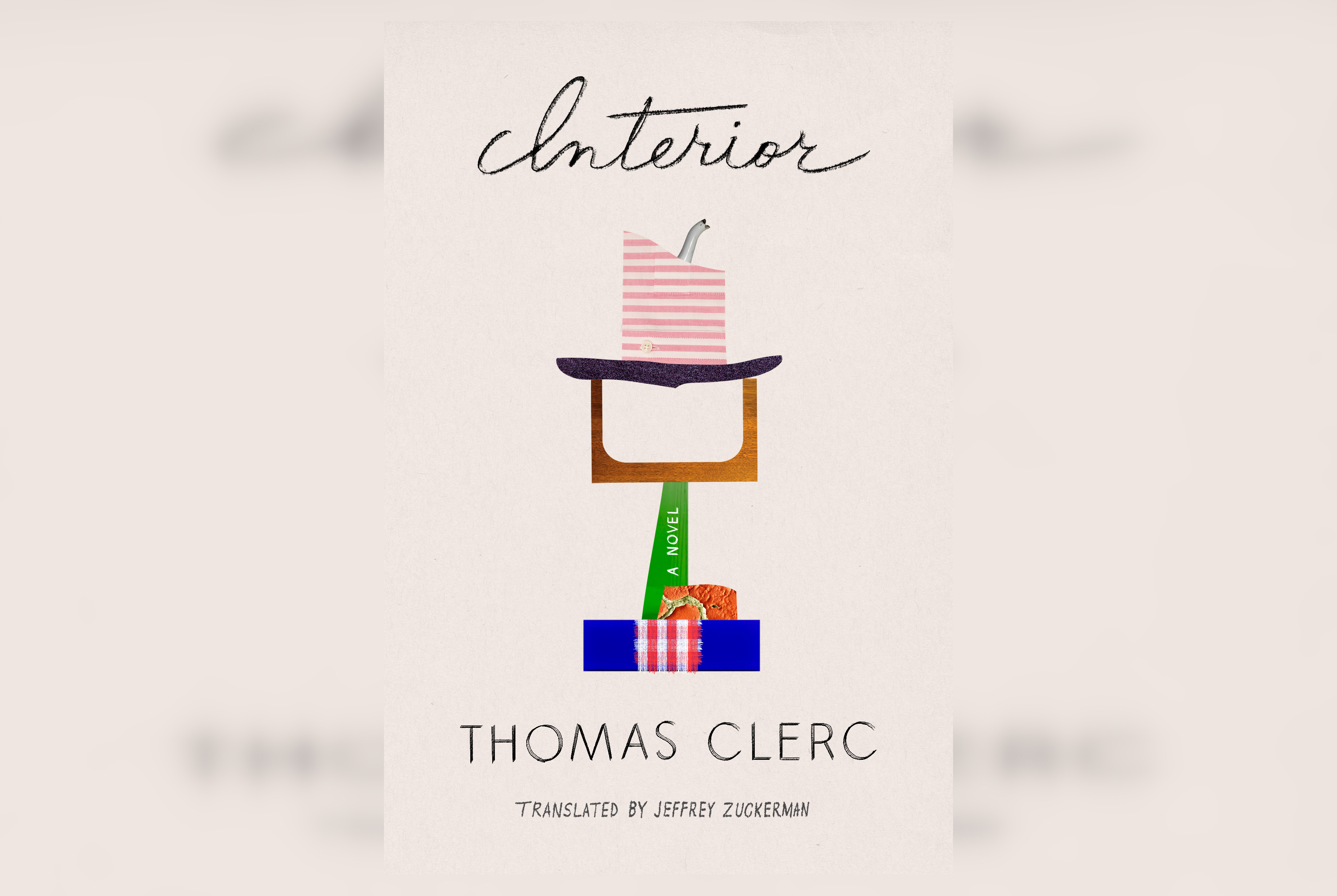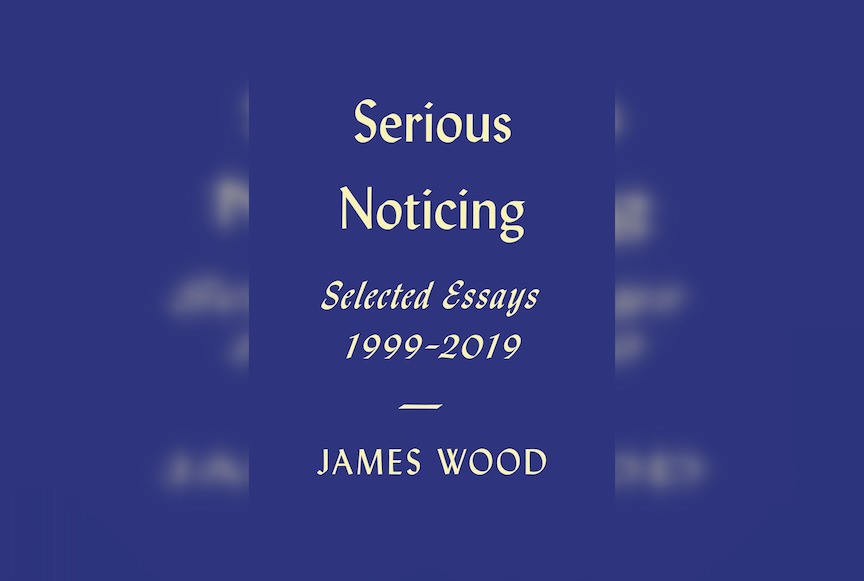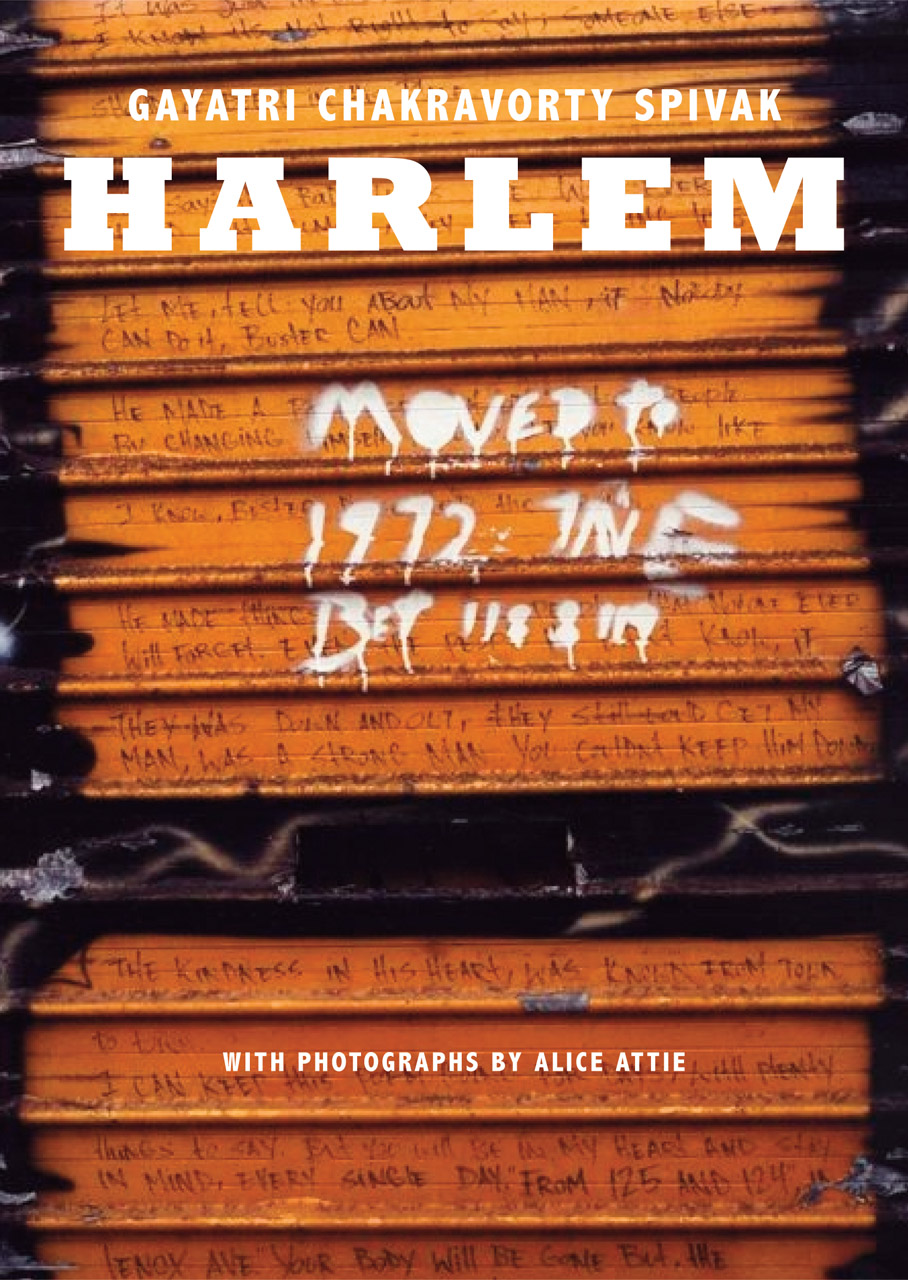Mystery afoot. The doorbell rings and no one is there. Thomas walks down the building’s third floor hallway in search of his possible visitor and, finding no one, he walks back. He stands before his open door. But before he retreats—before he closes the door—he makes a comment about the door.
“This door isn’t standard,” says Thomas. This is the novel’s narrator and only character, and he is about to speak for a very long time. “Squat, shoved into its frame, it evokes some brutish epoch when people might have stood in front of caves, expecting monsters to poke their heads out.” Opposite the text, a map of the entryway is shown at the bottom of the page, a floating disembodied rectangle, waiting to be anchored to the rest of the story. So begins the novel-list-diary. From here on, there is no corner untouched, no item unexamined.
Interior, a novel by Thomas Clerc translated superbly from French by Jeffrey Zuckerman, is a room-by-room literary blueprint of a Parisian apartment owned by a middle-aged bachelor, whose name, in a twist of auto fictive imagination, is also Thomas. In the novel, there is little dialogue, no exposition—only objects, the memories associated with them, and the rooms in which they live. If there is plot, it is only hinted at by the doorbell, which rings occasionally throughout the novel, tantalizing the reader, threatening plot.
It may seem like the idea of a bored and cynical storyteller to make a novel out of an apartment’s contents. Interior, however, comes across more as dizzyingly indulgent, solipsistic, and self-assured, the musings of a fussy narrator who genuinely takes pleasure in the sound of his own voice. Thomas furnishes over 300 pages with anecdotes and his reactions to various pieces of furniture, his logic in design and decoration, the mental process behind picking a tablecloth and why he put the toilet paper there and not on a dispenser. (Thomas prefers to place the toilet paper atop the tank because it looks cruder there. And because it looks cruder there, it is more faithful to the meaning of toilet paper and its true purpose of wiping ass.) Decorative choice is tied to literary philosophy, says Thomas. To be healthy, one ought to be honest in both excrement and writing (don’t force it).
And yet the structure of Interior is forced into the shape of an apartment in the 10th arrondissement. Pre-Haussmann, the narrator reminds us. The structure had pre-dated the writing, the book, and the narrator himself, so who is to say that Interior is not a novel but a relic of a more powerful external structure? Is this what Clerc is getting at—that all fiction is the result of materialism? Is materialism the inward compression of the global market? And then, does the universe expand inwards, in our homes, between our walls? Says the narrator, “There’s only 1 country I’ve ever visited properly, and that’s the apartment I consider my home!” The agoraphobic delight is palpable through translation.
Interior is a love affair between man and his objects: ultimate materialism. This love is most deeply felt in his office, where Thomas points out his enormous book collection. By transcribing his books into text and into a book—a novel—Thomas shows that even novels are capable of being compressed and itemized. Books are objects, and Thomas’ fascination for his objects is borderline erotic. He loves it. Thomas loves stuff so much that in the office, he simulates sex with a chair in his office because it looks fleshy and because the French word for flesh is chair. This is word-based sensibility, pun sensibility. It’s fine, funny, bold, but after a while, it is tiring being talked to like this, like each sentence is from a comedy bit. How can this be a novel when it is a monologue of an apartment tour?
In a diary entry from July 6, 1966, Susan Sontag proposed a novel in the form of:
“letters; a letter
a diary
a poem plus commentary
an encyclopedia
a confession
a list
a manual
a collection of ‘documents’”
This list is pretty exciting. Not only does it suggest that stories can be told in unconventional forms, but that one could read a shopping list or an instruction manual and draw from it the same emotional experience one might get from reading a typical novel—a novel with plot, settings, characters. New formats could do this too. And there are novels that exemplify and validate Sontag’s list. There are aphoristic, editorial, so-called experimental novels which use unconventional forms to their advantage, and these novels—I’m thinking Maggie Nelson’s Bluets, Bathroom by Jean-Philippe Toussaint, Anne Carson’s Autobiography of Red, Reader’s Block by David Markson, Helen Fielding’s Bridget Jones’s Diary—are fun and challenging and wonderful; they make me happy to read. And then there are the novels which leave me feeling wounded, uncertain of my taste.
At another point, Thomas references Sontag’s diary when talking about various slang interpretations of the word “jam;” jam, in France, could refer to sperm, or, as Sontag wrote, the sexual preferences of the majority. This comes up when the narrator is describing his modish badge on display in his office, and his love for the band the Jam. He gets from the badge to Jam, to jam, to Susan Sontag. Sontag, it should be noted, had famously written about the sensibility of Camp, that secret language spoken by the cliques of esoteric urbanites. It was “the love of the exaggerated, the ‘off,’ of things-being-what-they-are-not.” To live Camp would be to live between quotation marks, rendering definitions and boundaries meaningless. It is a wink and a sneer. Camp is convertibility and the epicene, a chair becoming fuckable.
Perhaps it would be practical to classify Interior as camp, with its instinct for irony and exaggeration over content; but camp is not a catchall for all that is perplexing. Interior comes close, I think, but Thomas’ insistent pursuit of something truthful prevents it from being completely camp. Thomas, it seems, is most faithful to this quest. Despite this experiment’s process outside the social world, behind closed doors, it is still firmly anchored to it. It’s that doorframe, that list Thomas writes of the famous people who have been to his apartment. Because of this, Interior is firstly a novel about the relationship between objects, and the man who owns them.
There are narrators aplenty like this in art and literature—not dissociative, not bored or boring at all, and quiet—always a little bemused by his surroundings. He is often male; he is generally well-liked. He has friends, has had girlfriends (but almost never at the moment of the story, strangely), and when I think of this narrator, I imagine him standing in the corner of every room, smirking. This narrator exists here, in excess. He speaks in a voice that’s a little too rich, a little too long-winded, producing a novel that is bloated, fleshy, bien en chair.
While reading, I was in turns both very angry and very impressed by the dedication and sacrifice it must have taken to so eagerly anger readers. Interior was the rare opportunity for readers to be shamelessly nosy, then pay the price for it, a sort of punishing novel. There were certain lines which made me laugh (“Shower stalls resist horizontality, but bathtubs don’t forbid verticality”) as well as beautiful lines (“I can’t hide what I am: my interior is an autobiography in glass that’s been dirtied by an entire archive’s worth of particles, signs, and lines, each 1 betraying my hopes of purity.”) Interior is full of beautiful moments like this—the trouble is reading the book in its entirety is a process which I got through only by reading other books in between. My antidotes were novels with plot, characters, setting—I read a lot of books from my childhood during this time. I had felt somewhat malnourished while reading Interior. So, I might advise against the casual embrace of experimentation for the experimentation’s sake; concepts weaken this way. The pursuit of truth and reality could be useless if it were incomprehensible and odious to read. If anything, Interior proves the theory that novels can do anything, and for this, I am glad. Now we cannot say that this novel has not been written.
Photo Credit: Courtesy of Farrar, Straus and Giroux



